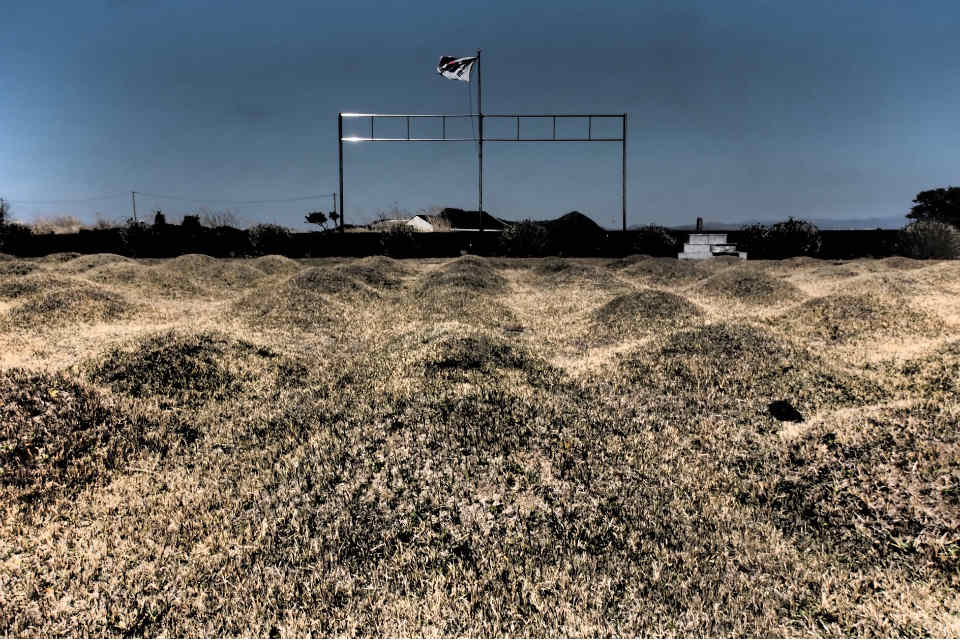Jeju Island is where South Koreans love to get away from it all. Hundreds of flights a day deposit mainlanders hungry for escape, relaxation and selfies. With its sea-locked isolation, black soil and relentless wind, Jeju feels almost like a different country altogether.


